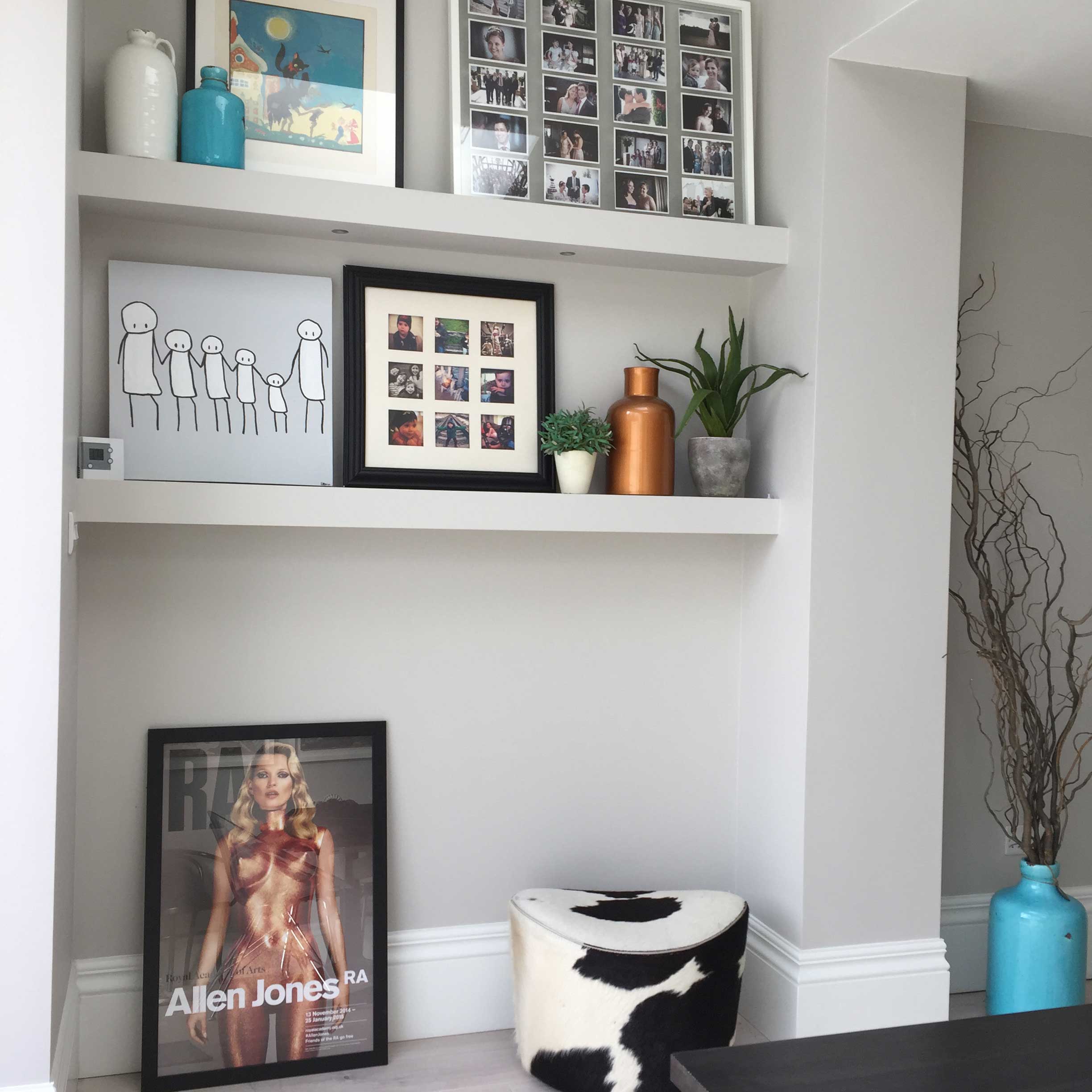Wall panelling has emerged as one of the most effective ways to add architectural character and sophistication to any space. With the proliferation of ready-made panelling kits, achieving this look has never been more accessible. However, with numerous options available, selecting the right kit requires careful consideration. This comprehensive guide will help you navigate the selection process to find the perfect wall.panelling kit for your project.
Understanding Panelling Kit Materials
The foundation of your selection begins with material choice, as each option offers distinct advantages:
MDF (Medium-Density Fiberboard)
-
Most common and cost-effective choice
-
Perfect for painted finishes with its smooth, uniform surface
-
Available in various profiles from simple to intricate
-
Best for dry areas only
-
Requires priming and painting for finished look
PVC and Vinyl
-
Ideal for high-moisture areas like bathrooms and kitchens
-
Resistant to warping, mold, and moisture damage
-
Often features interlocking systems for easy installation
-
Typically comes pre-finished
-
Easy to clean and maintain
Polyurethane
-
Excellent for intricate, detailed patterns
-
Lightweight and easy to work with
-
Resistant to moisture and insects
-
More expensive than MDF options
-
Often comes pre-primed
Real Wood
-
Offers authentic grain and character
-
Can be stained or painted
-
Typically the most expensive option
-
Requires more finishing work
-
May expand and contract with humidity changes
Assessing Your Space and Needs
Before selecting a kit, carefully evaluate your space:
Room Dimensions and Features
-
Measure your walls accurately, noting obstacles like outlets and windows
-
Consider ceiling height: taller rooms can handle more substantial profiles
-
Account for architectural features like built-ins or fireplaces
-
Note any irregular wall surfaces or corners
Room Function and Conditions
-
High-moisture areas (bathrooms, kitchens): Choose waterproof materials like PVC
-
High-traffic zones (hallways, entryways): Durable MDF or wood withstands impacts
-
Formal spaces (dining rooms, living areas): More elaborate designs work well
-
Bedrooms and offices: Consider acoustic properties for noise reduction
Style Considerations
Traditional Styles
-
Raised panel: Classic elegance for formal spaces
-
Picture frame moulding: Grid patterns for traditional character
-
Wainscoting: Lower wall treatment that adds protection and style
-
Beadboard: Vertical planking for cottage or coastal charm
Modern and Contemporary Styles
-
Slat walls: Vertical or horizontal lines for rhythmic texture
-
Geometric panels: Bold patterns for artistic statements
-
Minimalist grids: Clean lines for subtle architectural interest
-
3D panels: Sculptural surfaces for dramatic focal points
Budget and Installation Factors
Cost Considerations
-
Establish your total budget, including finishing supplies
-
MDF kits typically offer the best value for money
-
Factor in additional costs for adhesive, caulk, primer, and paint
-
Consider long-term maintenance costs
Installation Requirements
-
Assess your DIY skill level honestly
-
Basic kits require minimal tools: level, saw, adhesive, caulk gun
-
Complex patterns may require more advanced cutting and measuring
-
Consider whether you’ll need professional help
Key Selection Criteria
Quality Indicators
-
Precision-cut pieces with clean edges
-
Clear, comprehensive installation instructions
-
Appropriate adhesive recommendations
-
Positive customer reviews and ratings
-
Manufacturer support and warranties
Design Cohesion
-
Choose profiles that complement your existing architecture
-
Consider how the panelling will work with your furniture and decor
-
Select a scale appropriate for your room size
-
Ensure the style aligns with your overall design vision
Practical Evaluation Steps
1. Order Samples
Always examine physical samples before purchasing:
-
Check the quality of the material and finish
-
Test how the sample takes paint if customization is needed
-
Assess the weight and feel of the material
-
Verify the profile details match your expectations
2. Calculate Coverage
-
Measure your wall space accurately
-
Add 10-15% for waste and pattern matching
-
Verify panel dimensions work with your wall measurements
-
Consider how the pattern will scale to your space
3. Review Installation Requirements
-
Read the installation guide before purchasing
-
Ensure you have the necessary tools and skills
-
Check if special primers or adhesives are required
-
Consider the time commitment for installation and finishing
Implementation Strategy
Start Small
If you’re new to panelling, consider beginning with:
-
A single accent wall rather than a full room
-
A simple pattern that’s forgiving of minor errors
-
A less visible room to build your confidence
Preparation is Key
-
Proper wall preparation ensures better results
-
Allow adequate time for each installation step
-
Don’t rush the finishing process—caulking and painting make the difference
Professional Help
Consider hiring a professional for:
-
Complex patterns requiring precise cutting
-
Large-scale installations throughout multiple rooms
-
Historic homes where preservation is important
-
Situations where your DIY confidence is low
Selecting the perfect panelling kit involves balancing aesthetic preferences with practical considerations. By understanding material options, accurately assessing your space, and honestly evaluating your installation capabilities, you can choose a kit that will transform your walls with beautiful, lasting results. Remember that the best panelling installation looks like it was always part of your home’s architecture, creating timeless elegance that enhances your space for years to come.

